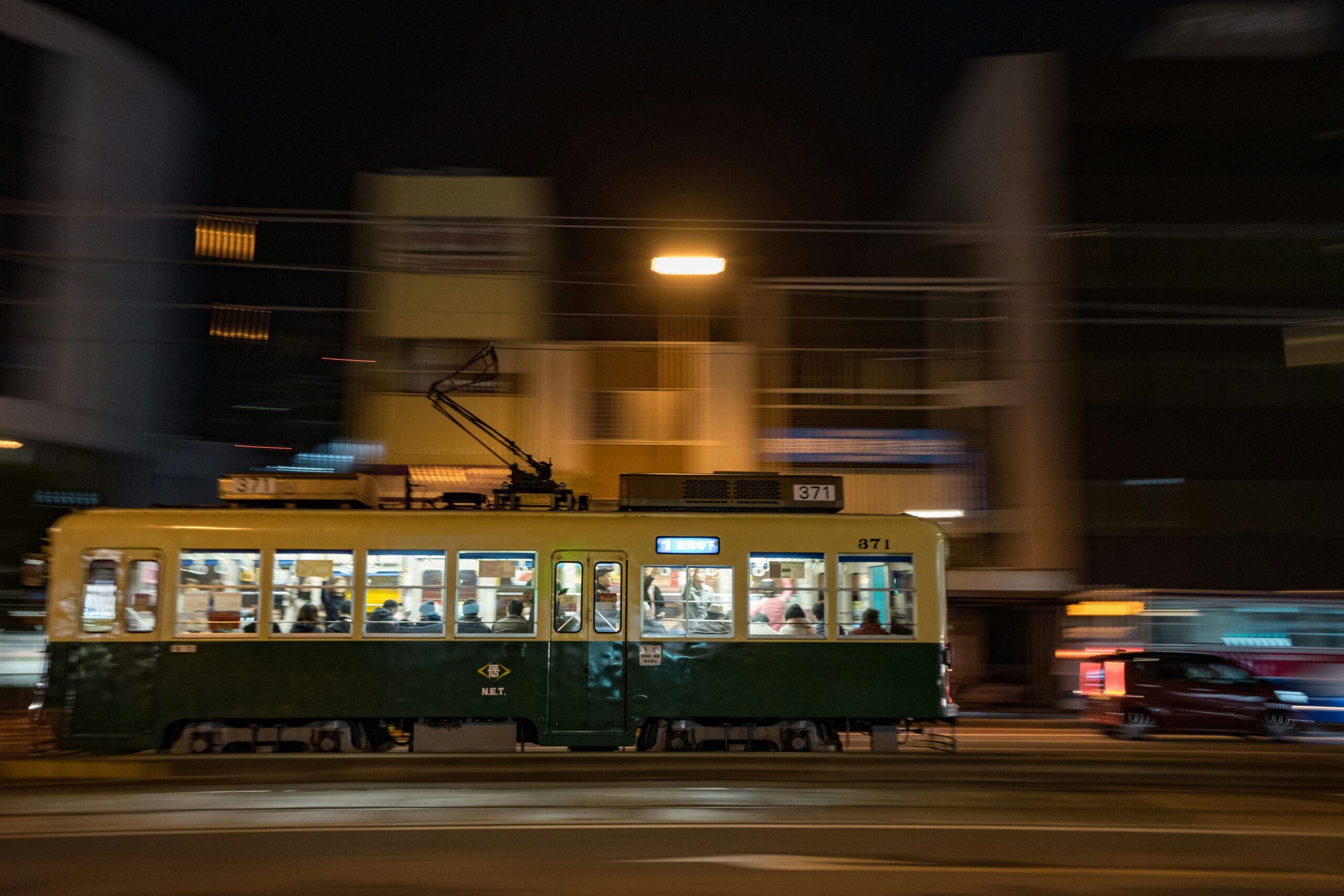On 9 August 1945, US forces detonated a second atomic bomb over Japan, destroying the city of Nagasaki, killing around eighty-thousand people and injuring many more. The first bomb, which had levelled Hiroshima three days earlier, was not sufficient to prompt Japan to capitulate. Six days after the destruction of Nagasaki, however, and following Russia’s invasion of Manchuria, Japan finally surrendered to Allied forces, bringing the Pacific theatre of World War II to its grisly close.
I travelled to the detonation sites of the atomic bombs, in Hiroshima and Nagasaki, in 2002 and 2005, respectively. These were, of course far from fun visits, although both cities have been reconstructed and look much the same as other modern Japanese cities. The memorials and museums in Hiroshima and Nagasaki remind visitors of their ghastly past, and of the horrors of war. They remain the only two zones on earth in which civilians have been killed by atomic weapons. One-quarter of a million people lost their lives in the attacks.
Interestingly, both cities have extensive tram networks, some of which actually survived the nuclear attacks. I once wrote a poem, ‘Post-holocaust Tram’, about a tram in Hiroshima that continued operating in the days after 6 August 1945. In both cities I spent some time mooching about on their trams, some of which bore a similarity to the older generations of Melbourne trams, and to the free City Circle tram that continues to trundle around the city’s central business district. But I am not here to talk about transport systems.
When I visited Nagasaki in 2005, there was an installation at the Nagasaki Atomic Bomb Museum by an artist named Ishimure Michiko entitled “Chrysanthemum and Nagasaki”. It mentioned a forgotten aspect of the attack: the fate of Nagasaki’s Korean population, many of whom had been enslaved either during the war or following Japan’s occupation of Korea in 1910. I myself had just spent four months in Korea on an Asialink residency, so perhaps I was more receptive to the installation than I might otherwise have been.
I cannot remember the details of the exhibition itself, but it must have moved me, because I wrote down the following quote (which I can’t fact check or authenticate):
‘It was the corpses of the Koreans that remained scattered in the ruins longer than any others. One reason is that although many Japanese people survived the atomic bombing, very few Koreans survived. There was nothing we could do. Crows flew down in flocks from the sky and ate the eyeballs of the Korean corpses. They ate the eyeballs.’
— Ishimure Michiko, “Chrysanthemum and Nagasaki” (2005)
On my return to Australia in early 2006, I must have looked again at the quote because it clearly motivated me to write a poem, entitled ‘Nagasaki crows’. The poem used Ishimure Michiko’s text in the manner of an acrostic, with each word forming the start of a new line. Actually, now I think of it, ‘Nagasaki crows’ might also have qualified as a sort of ‘terminal’: a form invented by Australian poet John Tranter. The poem found a home in my 2007 chapbook Morgenland, published by Vagabond Press in a limited edition of 100 copies.
‘Nagasaki crows’ continues to hold great meaning for me personally, despite the fact that not many people have actually read it. The poem received another brief half-life recently when academic and poet Louis Klee mentioned it in “Australian Poets in the Countries of Others”, a chapter in The Cambridge Companion to Australian Poetry (ed. Ann Vickery, Cambridge University Press, 2024).
‘Nagasaki crows’ sums up my views on Korea and, to borrow Bruce Cuming’s phrase, its “place in the sun”. I am re-posting it today in remembrance of the Korean people who lost their lives on 9 August 1945 in Nagasaki. I am also posting it as a reminder that, while nuclear weapons obviously helped bring World War II to an end, their continued development and stockpiling arguably no longer serves any strategic purpose.
Non-proliferation and disarmament are the only pathways in which a future Hiroshima or Nagasaki can be avoided.
Read ‘Nagasaki crows’ (2005)
Use the controls below to toggle a full-screen view.

Reply